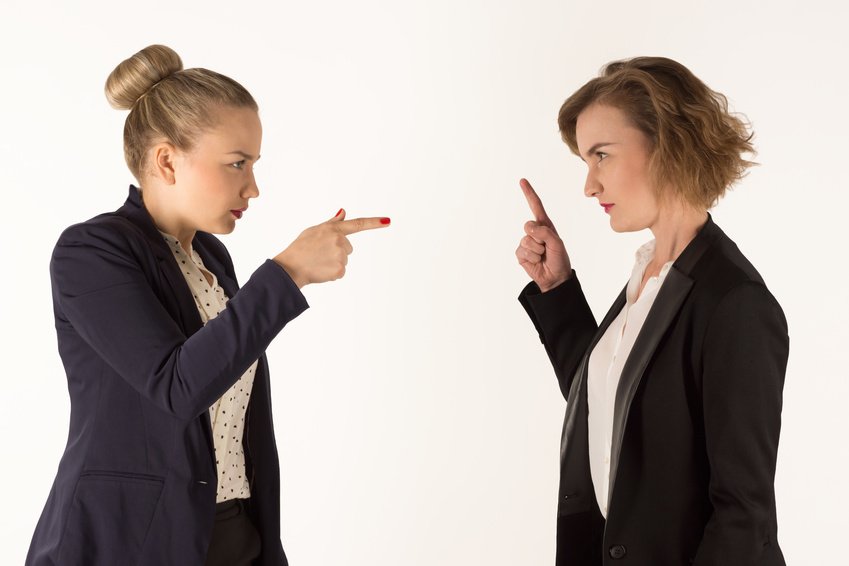If you have ever been around a picky eater, or are one yourself, you are aware of how exasperating it can be for the cook. The food doesn’t taste right, the texture is wrong, it’s too hot, it’s too cold, and it looks bad if you know a picky eater, you’ve probably heard them all. A discriminate eater often finds challenges during mealtimes making it difficult for the chef to find something he/she will eat. Earning the person the nicknames of picky, persnickety and pampered when he/she gets special meals fixed.
Working in a PSAP with others, may be like dining with a picky eater. In many of the 9-1-1 PSAP the standing joke is that it’s either too hot, too cold, too busy, not busy enough, the air smells bad, the air is too flowery, the air has mold – the list is endless. As a leader, how exactly do you solve all the complaints, comments, and requests made by the PSAP staff? Remember being a leader does not always mean you have a title, true leaders are visionaries, courageous, and accept responsibility for actions.
A few years ago, some advice by the local Union Bargaining unit agent was given to create a suggestion box, have the union leadership review it and bring you the valid requests. It was bumpy at first as the requests came and were presented as out-of-the-box thinking, such as to put hold music on the 9-1-1 lines of “Staying Alive” and provide bonuses. It settled down after the first few months and a spreadsheet was started to track the requests (all of them) and what was implemented along with the date and cost of the implementation.
One complaint was that the opposite shift left food in the refrigerator and there wasn’t enough room, the complaints came from both shifts on the other. While the solution may seem simple, prior to that point a cleaning schedule had been put into place. The Supervisors were supposed to monitor the cleanliness of the kitchen and refrigerator areas before they left, but the supervisors stated that it seemed ridiculous that they needed to be such micromanagers for people to clean up after themselves. The less expensive option, if you take your staff’s well-being into account as a “soft cost” was to buy 2 refrigerators, one for each side of the week. This solution was well received!
Some of the challenges this system addressed included the taste of the unfiltered water coming through 60-year-old pipes. A wall mounted water cooler was purchased complete with a double filter system, and the water tasted much better! Complaints that the bathrooms smelled, and they wanted air fresheners, then complaints about where the air fresheners were placed. The dispatch area didn’t have circulated clean air, and the solution was to purchase two air purifiers. It was too hot, so fans were purchased. It was too cold, space heaters (in addition to each counsel having heaters) were purchased.
The entry hall into dispatch was painted with a large mural with a beautiful tree for their peer-to-peer recognition notes. The other side was painted with a mural of a sunrise and the dispatch flag, this was great for the monthly team games that were played. Everything was logged on the spreadsheet and provided back to the Union leadership. A grant was even obtained to increase the security of the entry doors and parking area. The one area that was not adjusted was the lighting. Although the desks had task lighting and LED overhead, dimmable lights were installed, many issues prevailed.
Lighting in an area that is dependent on computer usage is critical. Lighting ergonomics for computer users is every bit as important as an adjustable desk and chair. Changing out the lighting can be an expensive task, especially if done correctly, but the eye strain will be greatly reduced, helping the staff in the PSAP to avoid additional eye strain as well as helping them to have less headaches, including migraines. Studies show that bad lighting meaning, the position/location, the quality, quantity, and color temperature, can throw off an employee’s mood, causing an off the chart mood swing for what seems to be no reason after continuous exposure to improper lighting.
What can you do for this one? Reducing glare on the screen is primary. Computer monitors should not be near the windows. Fluorescent lights are great for an energy saving solution, but they are very hard on the eyes. Adjustable indirect light or light diffusers allows for the staff to adjust the lights to no brighter than necessary (keeping in mind that adjustable lights may also be a source of conflict between staff members). The indirect light reduces glare as well.
Blue light filters on the monitors will help your staff, studies show that prolonged exposure to blue light is harmful and can cause permanent eye damage. To dimness or brightness of light will impact the body’s natural circadian rhythms. While the soft yellow/white tones will not produce that bright white light associated with energy and productivity, it does provide an excellent option for completing tasks requiring mental stability as well as a relaxed atmosphere.
Last is the placement of the lights. Indirect lighting has greater flexibility within the room but making sure there are no lights placed where high screen glare occurs must be considered. Bringing in a lighting specialist to discuss each of these topics would be a cost saver in the long run!
If you work with those who have had similar concerns about the work environment, consider some simple fixes first and plan for the bigger ones. Helping those around you feel pampered, may earn big points on the appreciation factor and can even improve the health of the staff.
**Cherie Bartram is not an expert on lighting for a computer filled room. When taking on a project of this magnitude, consulting with a lighting specialist is advised.


Recent Comments